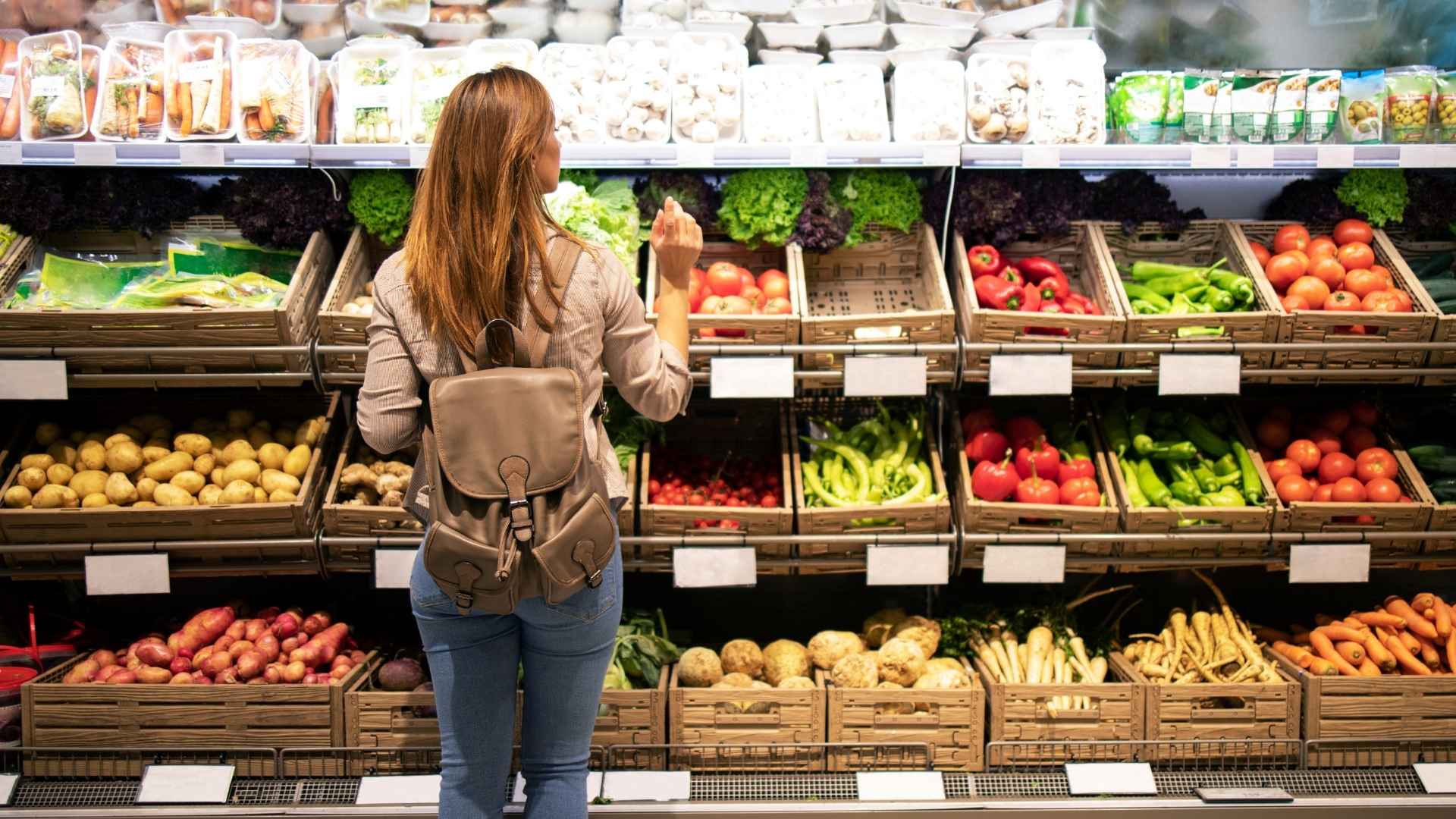By Bianca Ruffin, Director, Marketing, FMI

I‘m not a grocer, but I am a marketing professional who loves to grocery shop. That’s part of why I’m passionate about my work to support the food industry. A bright spot in my project portfolio is the FMI Midwinter Executive Conference. I recently sat in on the Gardenside Chat series during the event and walked away with so many insights. This year, our speakers addressed: The Complexity of Coupons; The Biggest Challenges, Opportunities and Strategies That Lie Ahead for the CPG Industry; and Evolving Eats—What’s Cooking with Consumers.
1. Improved Coupon Strategies Will Draw More Customers
For those of you less familiar with the couponing system, you may balk at the idea of their complexity, but it is a completely appropriate assertion. Brandi Johnson, CEO of the Coupon Bureau, took us through a litany of new opportunities in making coupon settlement easier and faster for retailers, which ultimately opens up opportunities to differentiate, improve coupon targeting for shoppers and acquire data much quicker.
2. Different Price Structures and Packaging Sizes Will Meet More Customer Needs
According to Advantage Solutions President of Client Solutions, Jill Blanchard, three-quarters of retail/wholesale sales are down, and this is due to shoppers having less discretionary funding. So, how do we get back on track? While there’s no one-stop solution for all, one notable point made by the group was that out-of-stocks exacerbate out-of-stocks. Simply seeing empty shelves leads to further stockpiling. Solutions shared included:
- Smaller package sizing to accommodate low-income households.
- Stocking more small-size than mid-size packaging.
- Creating different price structures.
- Portfolio simplification to reduce out-of-stocks and prices.
3. Most of Us Are Still Prepping Food at Home
Generally speaking, inflation has driven customers to cut back on nonfoods, though spending on prestige beauty has continued so far. Sally Lyon Watts, executive vice president and practice leader at IRI, noted that 81.5% of the population continues to prepare food at home. As customers continue to focus on cost-saving measures, she noted a few things:
- Fresh sales were at 10% in Q3 of 2022, but at 7.4% in Q4 of 2022.
- Snacks have been steady but by Q4 of 2022 a shift toward private brands had occurred, so long as their value coincided with tastiness.
- Frozen snacks and “belly fillers” – foods like rice, ramen and cheese – saw an increase.
- Shoppers are meal prepping and bringing leftovers to the office.
In a lot of ways, what I saw was a correlation of tried-and-true practices of my youth (smaller selections at stores, more home cooked meals, and less discretionary spending at restaurants) with a nod to “future proofing” through the advent and usage of new technologies. It was a joy to take part in these chats, because as far as the eye could see, we were all equally invested in the customer, the customer experience, and ensuring that food continues to make it to the table.
The 2024 FMI Midwinter Conference will be January 18-21, 2024, at the JW Marriott Marco Island Beach Resort in Florida. I look forward to seeing you there!


 Industry Topics address your specific area of expertise with resources, reports, events and more.
Industry Topics address your specific area of expertise with resources, reports, events and more.
 Our Research covers consumer behavior and retail operation benchmarks so you can make informed business decisions.
Our Research covers consumer behavior and retail operation benchmarks so you can make informed business decisions.
 Events and Education including online and in-person help you advance your food retail career.
Events and Education including online and in-person help you advance your food retail career.
 Food Safety training, resources and guidance that help you create a company food safety culture.
Food Safety training, resources and guidance that help you create a company food safety culture.
 Government Affairs work — federal and state — on the latest food industry policy, regulatory and legislative issues.
Government Affairs work — federal and state — on the latest food industry policy, regulatory and legislative issues.
 Get Involved. From industry awards to newsletters and committees, these resources help you take advantage of your membership.
Get Involved. From industry awards to newsletters and committees, these resources help you take advantage of your membership.
 Best practices, guidance documents, infographics, signage and more for the food industry on the COVID-19 pandemic.
Best practices, guidance documents, infographics, signage and more for the food industry on the COVID-19 pandemic.
